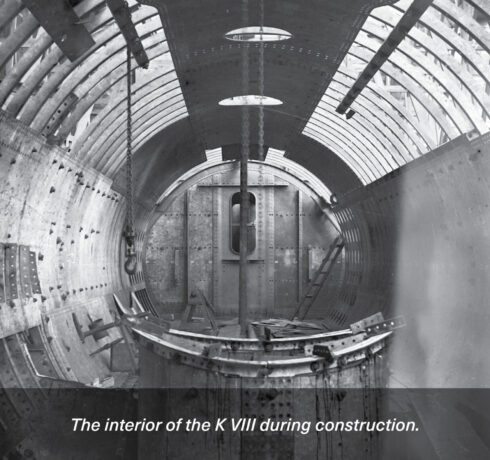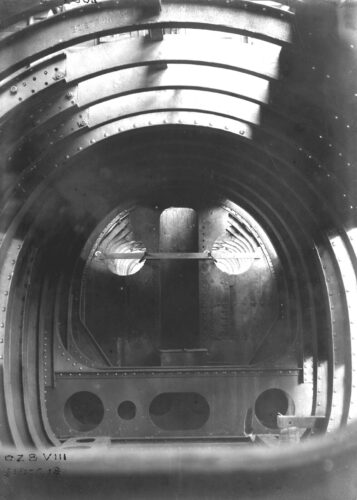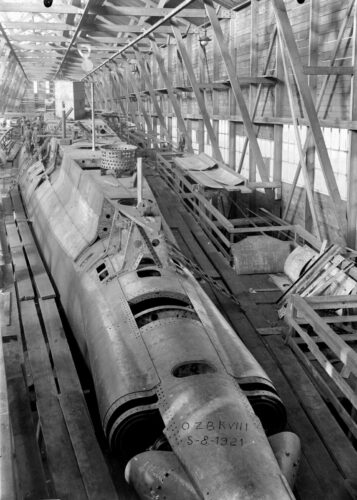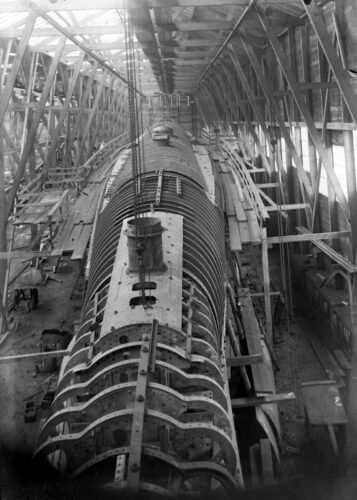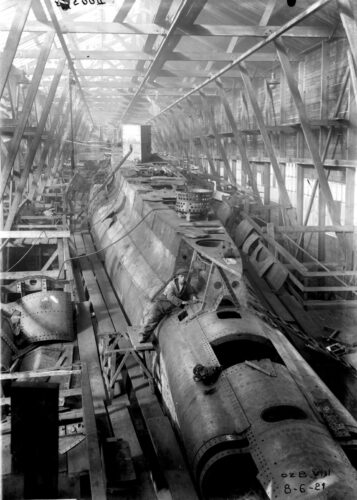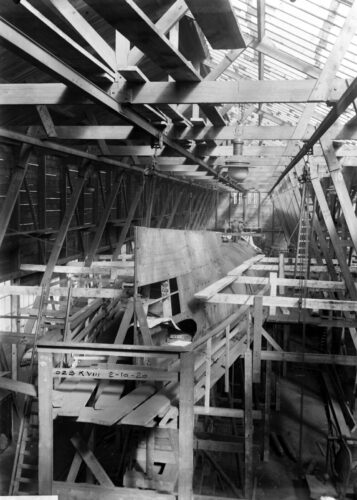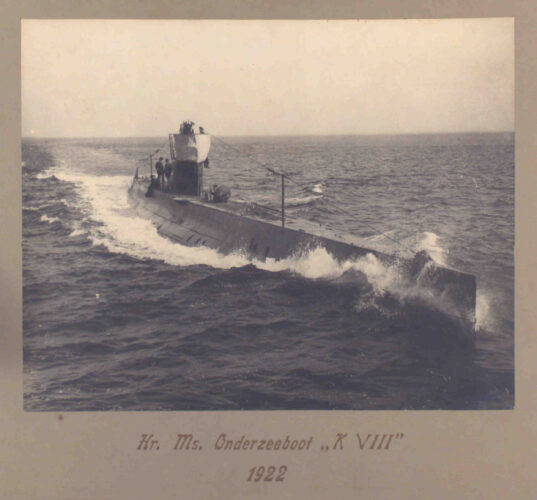This year marks the centenary of the entry into service of the first K VIII class submarine with the Dutch Submarine Service. The three submarines of this class were built at the Royal Schelde Shipyard. The K VIII was one of eighteen Dutch K-submarines that served in the former Dutch East Indies until the Second World War. The K VIII did not have a very exciting life. She was not actually deployed in a war until about twenty years after her christening. That was in 1942, after the war with Japan had broken out in the Dutch East Indies.
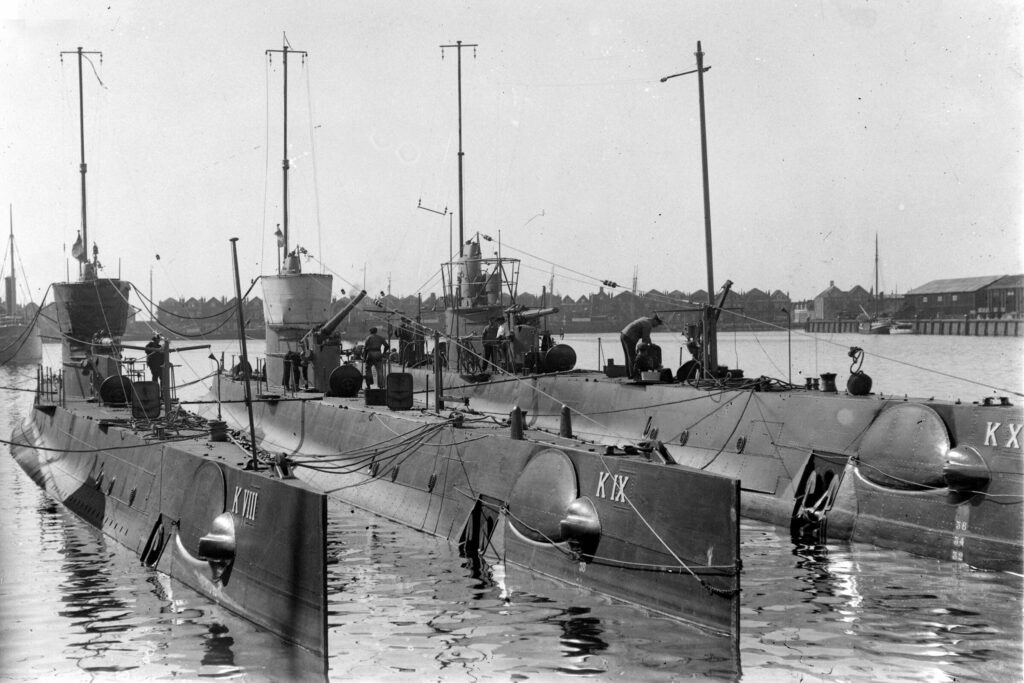 Three submarines of the K-class were built at the Royal Schelde Shipyard.
Three submarines of the K-class were built at the Royal Schelde Shipyard.
Tobias van Gent and Ron van Maanen know (almost) everything there is to know about the submarines built by the Schelde shipyard during its existence. Together, they wrote the book Luctor et Emergo about them.
The K VIII was the namesake of the K VIII class because she was the first ship of that class, says Tobias. “The letter ‘K’ stood for: ‘Koloniën’ (Dutch for colonies). These submarines were sent to the Dutch East Indies to defend its territorial waters. Unlike our submarines for European waters, whose names began with ‘O’, the ‘K’ submarines were funded by the then Ministry of Colonies and not by the Ministry of Defence.”
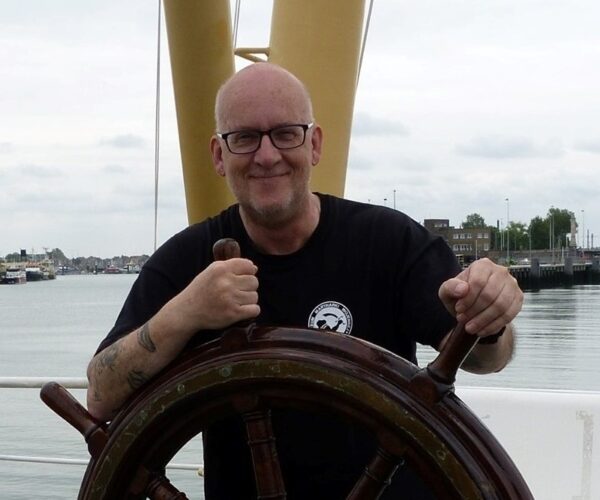 Submarine expert Ron van Maanen.
Submarine expert Ron van Maanen.
In her lifetime, the K VIII did not have very many spectacular accomplishments to her name, explains Ron. “Her baptism of fire in the East came at the outbreak of the war with Japan. After initially being held in reserve due to her advanced age, the ship went on patrol in the Java Sea and Madura Strait in 1942. However, it made no attacks on enemy ships.” Just before the fall of the Dutch East Indies, the K VIII managed to escape together with her sister ship K IX to Fremantle, Australia. The K IX went into Australian service.
After the K VIII was withdrawn from service in May 1942 by the Dutch Naval Administration due to her age, poor condition of the diesel engines and shortage of personnel, she was stripped with the intention of being scrapped. “All kinds of parts were then reused, which was actually an early example of sustainable policy,” says Tobias. “The batteries, for example, were built into sister ship K IX, whose own batteries had broken down. The bridge was transferred to an Australian pilot boat and the main electric motor was given a second life as a generator at the Fremantle shipyard to provide power.”
“The hull of what was once a proud Dutch submarine was eventually towed to Jervoise Bay, where it sank some 100 metres from shore. In 1957, divers blew up the wreckage because it posed a danger to shipping traffic.”
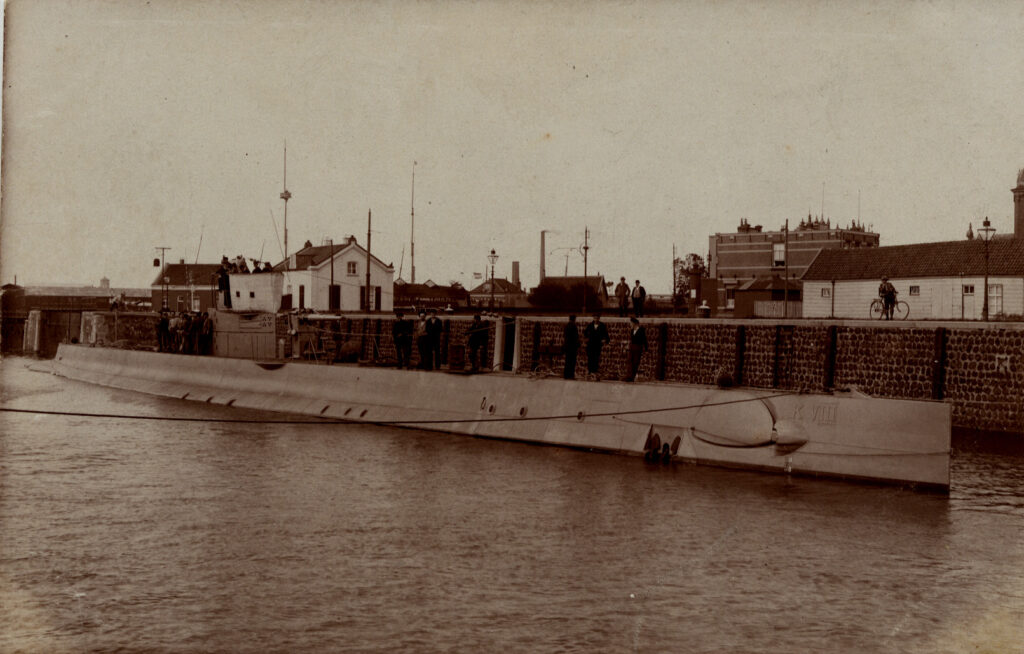 Submarine K VIII on a test run in the canal in Vlissingen.
Submarine K VIII on a test run in the canal in Vlissingen.
"The K VIII was very important for the growth of submarine building in the Netherlands, with De Schelde as the flagbearer.” Tobias van Gent
De Schelde built the K VIII (construction no. 167) in the middle of the First World War. The keel was laid in October 1917 in a production hall on Het Eiland. Only five years after the order, on 14 September 1922, the submarine was delivered. This considerable delay was due to the fact that many parts that had to come from abroad were delivered later in wartime. The ship was equipped with heavier weapons than planned, such as a cannon that could fire at air targets. The K VIII could reach a top speed of 16 knots on water and eight knots under water. She could dive forty metres deep.
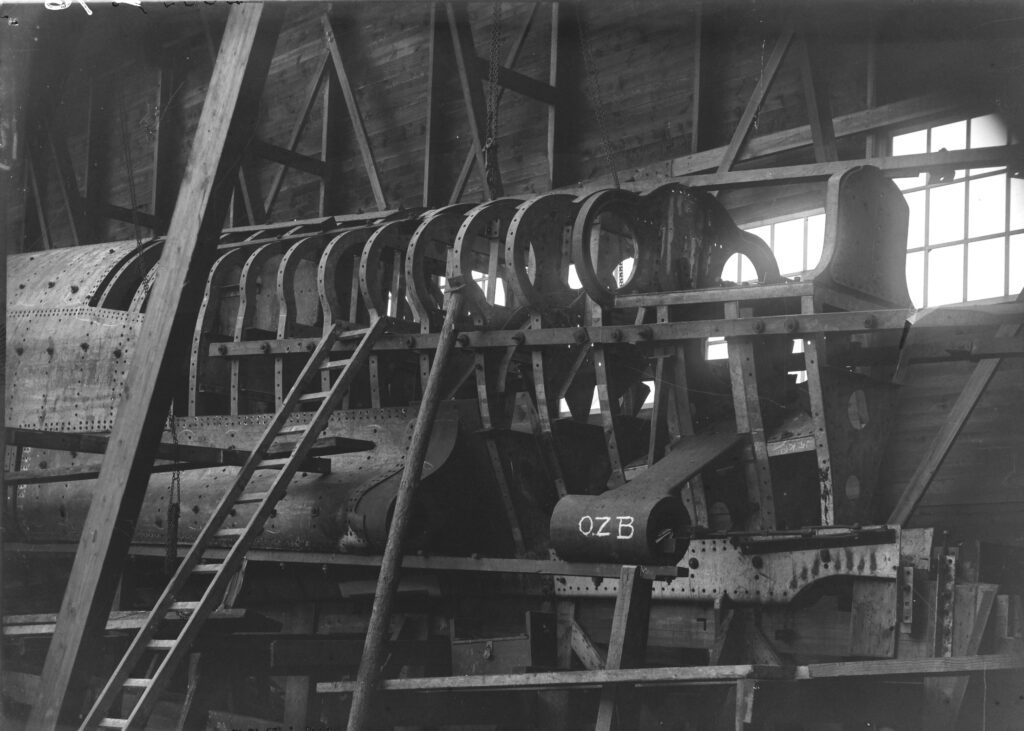 Submarine K VIII under construction at the wooden slipway building in Vlissingen.
Submarine K VIII under construction at the wooden slipway building in Vlissingen.
Before leaving for the East in September 1923 – a voyage that lasted more than three months – the K VIII was involved in an accident at sea, where it was damaged, Ron recounts. “During an exercise in the North Sea, she collided with a logger (fishing boat). When this happened, the K VIII was part of a flotilla of four submarines,” says Ron.
“It was a dark night with good visibility and a north wind when the watch suddenly saw a fishing vessel approaching, and to prevent the K VIII from striking the lugger amidships, the rudder was put to starboard and both engines put full astern. This was in vain, because both boats hit each other with the bow. Even a hefty blast from the submarine’s whistle could not prevent this. The collision came before the Dutch Maritime Court, where the skipper of the lugger maintained that his lights were clearly visible, something that the watchman of the submarine contested. The Court decided that both parties were to blame for the incident. Fortunately, there were no casualties.”
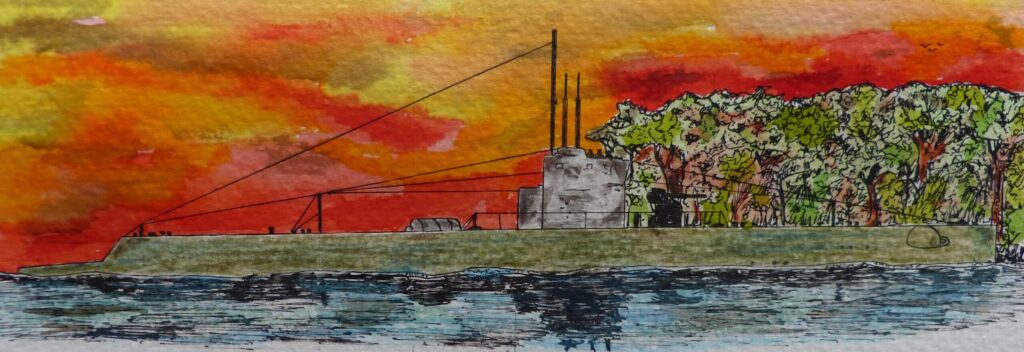 Ron van Maanen made this pen drawing of the K VIII.
Ron van Maanen made this pen drawing of the K VIII.
Looking back on the life of the K VIII, Tobias and Ron still find it extraordinary that this submarine was still deployed in war conditions some twenty years after her commissioning. Tobias: “That says something about the quality of the ship. It was a very well-built submarine. Of course, the development of submarine technology had not stopped in the meantime. New submarines had been built in the thirties that were larger than the K VIII. In terms of size and performance, it was an old beast. But the K VIII was very important for the growth of submarine building in the Netherlands, with De Schelde as the flagbearer.”
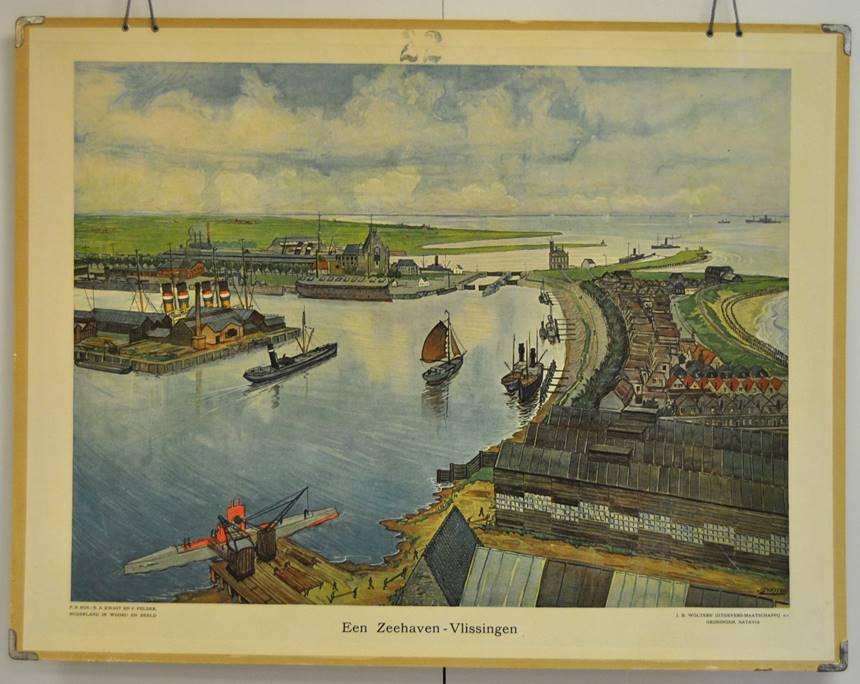 A submarine is depicted in Vlissingen's inner harbour on this school poster from 1922.
A submarine is depicted in Vlissingen's inner harbour on this school poster from 1922.
She even figures on a beautiful old school poster from 1922 depicting Vlissingen’s inner harbour. The scene was painted by Groningen artist Johan Dijkstra. “I am not one hundred percent sure that it is the K VIII, because she looks slightly different from the real ship, but given the year of the picture – 1922 – it almost has to be.” Ron also discovered that the K VIII inspired poetry. The famous poet-singer Koos Speenhoff (1869-1945) dedicated a poem to the submarine that was published in the Rotterdamsch Nieuwsblad newspaper in September 1923, on the submarine’s departure to the East Indies.
Bon voyage to Tandjong Priok,
To that warm and distant sea,
Let your flag fly cheerfully
Along the wide world sea.
Smooth-built submarine,
Well-armed “K VIII”,
Let us hope that your trip
Will be completed in the Dutch way.

